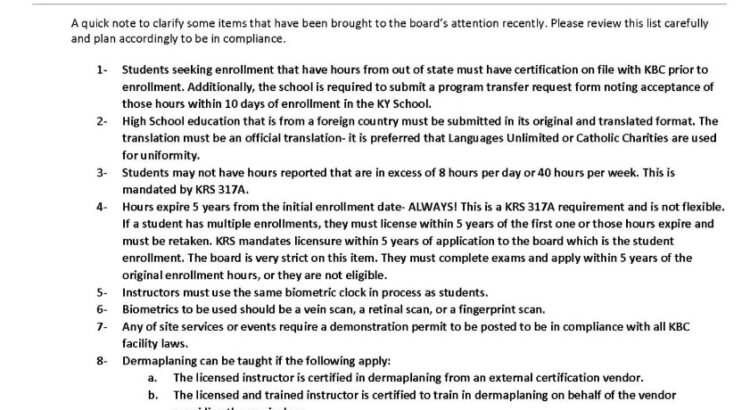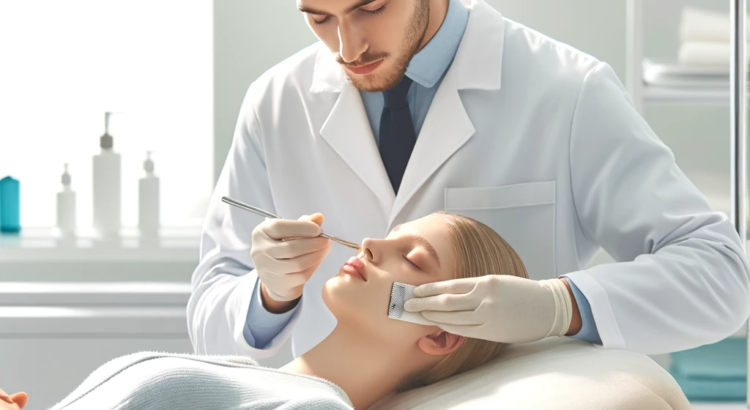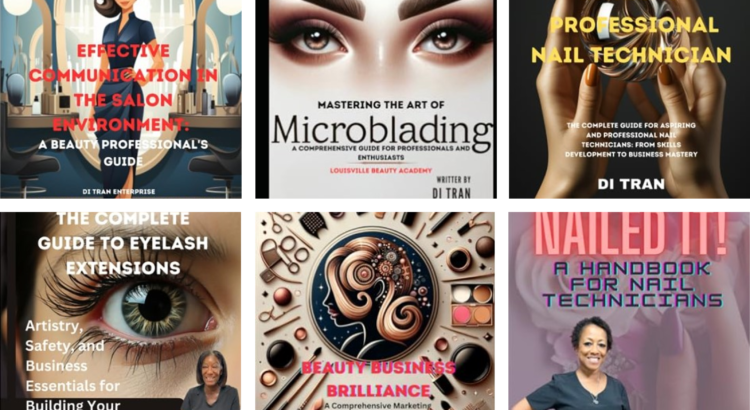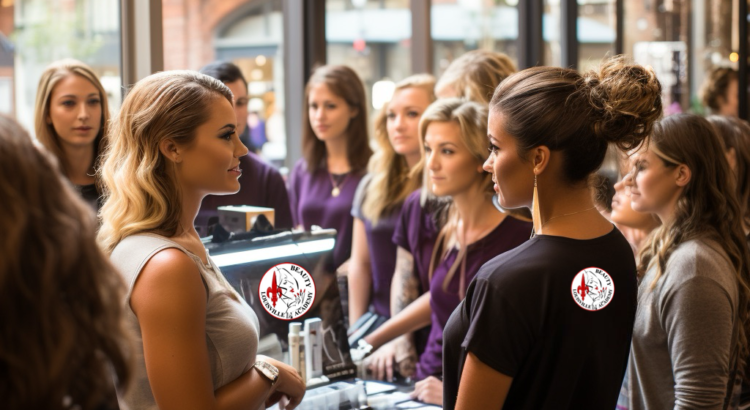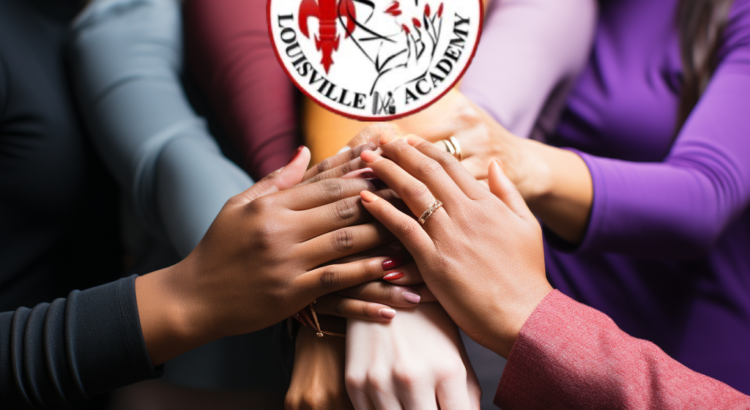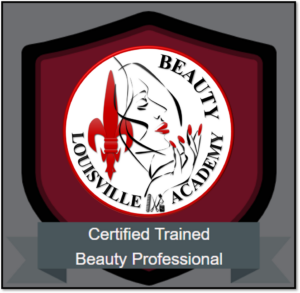2023 Holiday Season of Giving: 50% Discount at Louisville Beauty Academy for All Dropouts
As the holiday season of 2023 approaches, Louisville Beauty Academy, under the visionary leadership of Di Tran, extends a transformative offer. In line with the year-end spirit of generosity, the academy is announcing a significant 50% discount for students who have dropped out, not just from their institution but from any beauty school. This initiative is a call to action for all aspiring beauty professionals who have left their education incomplete: return, finish, and achieve your licensing goals.
A Universal Offer for Unfinished Journeys
Recognizing the myriad reasons students may leave their educational paths, Louisville Beauty Academy opens its doors to all, regardless of their initial place of study. The 50% discount aims to ease the financial burden, making it more feasible for students to return to school and complete their education.
Empowering Through Education: Di Tran’s Vision
At the heart of this generous offer lies Di Tran’s unwavering belief in education as a tool for empowerment. By making education more accessible and affordable, Di Tran University and Louisville Beauty Academy are not just teaching skills but are actively helping students to realize their professional dreams.
A Call to Action: Finish School and Obtain Your License
This holiday offer is a clarion call for action. It’s an opportunity for students to turn their incomplete educational experiences into success stories. By finishing their courses at a reduced cost, students can move closer to obtaining their professional licenses, opening doors to fruitful careers in the beauty industry.
Seize the Moment: Limited-Time Opportunity
This 50% discount is a limited-time offer, symbolizing the urgency and importance of education in personal and professional development. Students are encouraged to seize this chance to advance their skills and credentials.
Take the Step: Contact and Re-Enroll
For students ready to resume their journey, Louisville Beauty Academy makes the process straightforward. By contacting the academy at 502-625-5531, students can take the first step towards completing their education and achieving their licensing goals.
Conclusion: A Season of Educational Renewal
This holiday season, the 50% discount offer at Louisville Beauty Academy stands as a beacon of hope and opportunity. It’s more than just a seasonal promotion; it’s a testament to the power of education and the academy’s commitment to supporting every student’s dream of becoming a licensed beauty professional.



